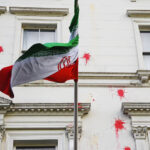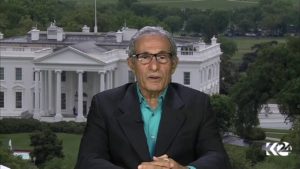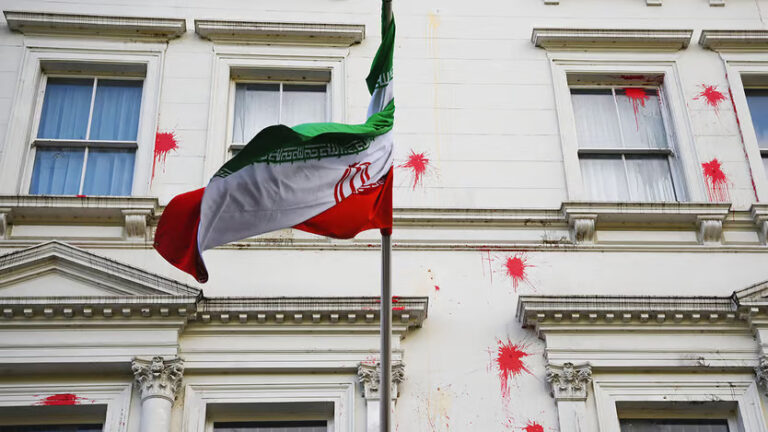Bushehr’s old equipment poses risk if quake hits
DUBAI (Dina al-Shibeeb)
Located in a seismically active area, Iran’s Bushehr plant can resist an earthquake of a high
magnitude, but due to the plant’s ageing equipments and lack of regular checks, an earthquake can still pose danger to the neighbouring Gulf region. “Bushehr has been designed to withstand an earthquake of magnitude 8, and possibly up to magnitude 9,” said Dina Esfandiary, a research assistant at the International Institute for Strategic Studies. “This means that despite being located in an earthquake-prone zone it should not be affected by tremors,” Esfandiary added.
Risks, ageing equipments
The 1000-megawatt power plant combines German and Russian technologies, with its reactor’s cooling pumps supplied by the Germans at the beginning of the project in the 1970s under the rule of Shah Mohammed Reza Pahlavi.
Russia used the German cooling pumps to include them into the finishing stage of the project but three weeks ago they failed, said Esfandiary. “This is proof that the plants equipment is old.”
According to Russia’s state-run nuclear energy agency, Rosatom, that the “Internal elements belonging to one of the four cooling pumps were found damaged.”
Like Japan, an earthquake can disrupt Bushehr’s electrical supply, which would prevent the cooling system from working efficiently. “The cooling pumps are already experiencing breakage,” she said.
According to Esfandiary, an earthquake can lead to damage the plant by cracking the containment dome, the structure enclosing a nuclear reactor, which is designed to contain the escape of radiation.
Bushehr was built in Iran’s south east region, right at the intersection of the Arabian, African and Eurasian tectonic plates. In 2002, the Bushehr area was hit by a 4.6 magnitude earthquake.
|
|
||
|
Dina Esfandiary, a research assistant at the International Institute for Strategic Studies
|
||
Most affected countries
With Iran’s neighbours in the Gulf held susceptible if any earthquake to damage Bushehr’s plant; Kuwait, UAE and Saudi Arabia will face the most severe consequences.
“Bushehr is located on the coast, any accident would directly affect Iran’s neighbours in the Gulf, particularly Kuwait, the UAE and Saudi Arabia, due to the winds in the Gulf region blowing from East to West,” she said, adding “the Persian Gulf’s water supplies would also be disrupted because of the nature of coastal currents, circling counter clockwise.”
The Gulf Arab states depend on desalination plants for their freshwater and radiation-contaminated water supplies of the Gulf can trigger a disaster.
|
|
||
|
Dina Esfandiary
|
||
Some upgrades
Bushehr unlike Chernobyl had some design upgrades. “Its containment dome is made of reinforced concrete. It also has other safety mechanisms such as automatic control and containment systems used in Western power plants,” she said.
Meanwhile, to alleviate risks, Iranians should “increase transparency and encourage further cooperation with visiting IAEA officials in order to receive safety training, and not push for premature fuelling of the reactor.”
The world was alarmed and started showing more vigilance over its existing nuclear plants after Japan’s recent massive quake, measured 8.9 on a Richter scale, which left not only 10,000 people dead, but menaced the surviving population with leaking nuclear radiation.
Germany shut down seven of its pre-1980s nuclear reactors for three months, Russia ordered reviewing its nuclear sector, United States underwent intensive review for six of its nuclear plants, and France pondered over delaying the building of a new-generation EPR reactor.
It is estimated that, worldwide, 20 percent of nuclear reactors are operating in areas of significant seismic activity. IAEA has a Safety Guide on Seismic Risks for Nuclear Power Plants.











+ There are no comments
Add yours